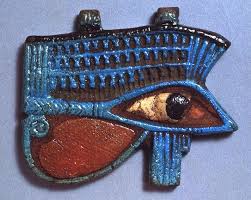Sunday, January 25, 2009
So much art, so little time!
Sunday, January 4, 2009
Submit! Amuletic Art



Tuesday, December 2, 2008
Submit! Masterpiece Challenge
 Here's a Challenge:
Here's a Challenge: Tuesday, October 21, 2008
Welcome!

Many of us can remember our first exposure to Art History. Maybe it was through a formal class in college. A research project in elementary school. A family trip to a museum on a rainy afternoon. A photo, a book, a magazine. Something that caught our eye and made us think...
“What is that? Who made it? Why? How?”
Being textile artists, we can also relate to the joy of making things. Materials that excite us. Colors that speak volumes. Patterns that capture the rhythm of our thoughts. Many textile artists come to their craft through training in traditional methods and practices. Learning to sew from a family member, or on their own through trial and error. Making useful things, and then considering the use of their creations to be enjoyment and beauty alone. Over recent years, the bridge between traditional and artistic use of textile media has been solidly built.
This blog & web project aims to bring together thoughts of the past with media of the future, revisiting historical ideas and concepts with the techniques we love to use as textile artists today. It is not meant to be an art history course, where facts and figures are presented for study. Other sites do that really well already. I’d like this to be a place for reflection and inspiration on art made before our times, where quilters and textile artists can explore that internal response to an image made by another pair of human hands. Art that goes beyond our own artistic thoughts can open up new and meaningful doors in our own creative lives. Enjoy...think...interact...and most important, CREATE!
I hope to encourage participation in visual challenges and to hold virtual exhibits on the site from time to time. Artists can send images along of their historically themed projects and experiments for display on the AHFQ gallery site at: http://ahfq.com/gallery. As this is not my first, second, third, or even fourth job in life, I may not add to the site as often as I'd like, but will try to get several notes up each month. Readers are welcome to add their own ideas, opinions and responses as we go along to keep the ideas fresh and interesting. My blog, my thoughts -- but they can be definitely enhanced by others! Thanks and have fun!
